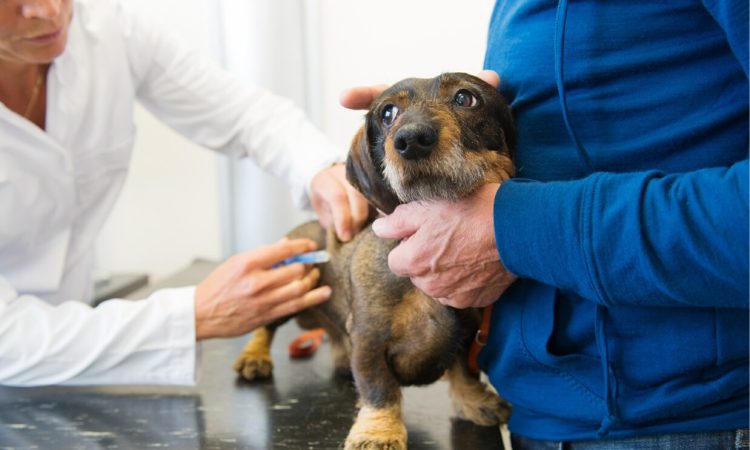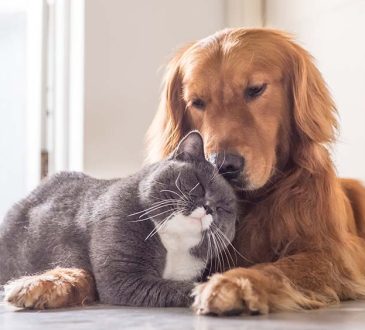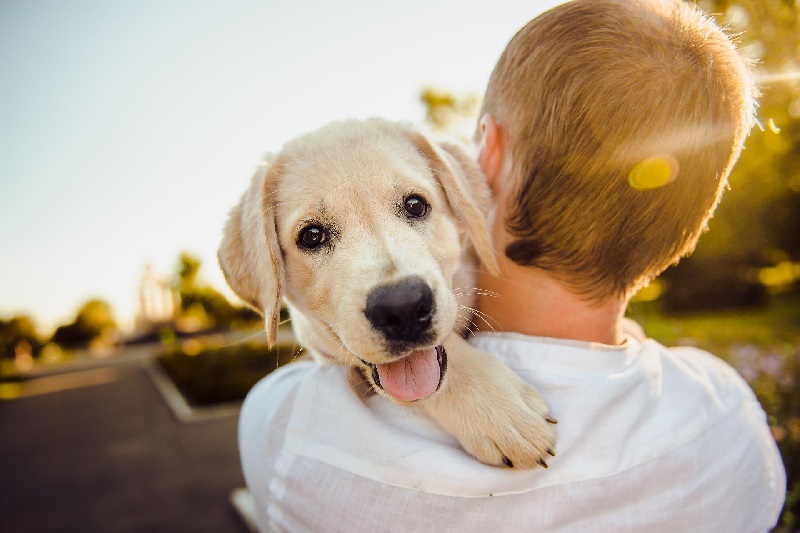
A trip to the vet can be stressful for both you and your dog. So, you need to learn ways to keep your canine companion at ease in the vet’s room and waiting area. The consulting room might be frightening for your dog, even if they successfully handled the travel and the waiting area. You can do several things to make your dog ready for a vet appointment, such as taking it on puppy socialization walks and teaching it to feel comfortable being lifted and checked.
Frequent trips to an emergency vet in Roswell, GA, without an appointment, can help a dog become accustomed to it, even if they are older. Read below to learn more about strategies to help your dog remain relaxed when entering the vet’s consultation room.
Stay calm and relaxed.
When it’s time for your appointment, gently get up and give your dog a reassuring look. As you welcome the veterinarian or nurse, ask them to hold the door open. Encourage your dog to come inside with you in silence.
Use treats as incentives.
Treats work well to encourage your dog to move into the consulting room unless there’s a good reason not to. You can’t do it when your dog has an upset stomach or is undergoing a blood test or other treatment, and you’ve been told not to feed them. Feed them with your hands, or leave a trail of treats to follow on the ground. Treats dropped directly in front of your dog will make it as simple as possible for them to receive a reward for each step they take forward.
Lift and carry them.
If your dog is used to being carried, pick them up and bring them into the appointment room when you visit an emergency vet in Roswell, GA. Your dog may feel more secure if they are accustomed to being carried and at ease. Small dogs who are sick, injured, elderly, or possibly stiffer than they used to be should be handled with additional caution.
If someone is ill or in pain, even though they may be content to be lifted, it could cause them discomfort. Larger dogs are more difficult to securely lift, so avoid picking them up. Veterinary teams are taught how to successfully “team-lift” larger dogs in pairs or groups of three or four, depending on the dog’s size. It’s preferable to leave lifting larger, heavier dogs to the clinics as they have the equipment to do so.
Be patient
Certain dogs may begin to draw away, come to a quick stop, or begin to scratch. Your dog may be hesitant to enter the consulting room if it stops as it approaches it. Show them some tolerance. To give your dog a break, remain still while conversing with the veterinarian or nurse. If they move a step closer, give them a treat as a reward and check to see if they’re ready to continue.
Final thoughts
Remember that your dog will only suffer more if they are forced. They’ll get traumatized when the collar or lead tightens. So be gentle when trying to bring your dog to an emergency vet in Roswell, GA. Moving at your dog’s pace makes them feel understood and supported.



